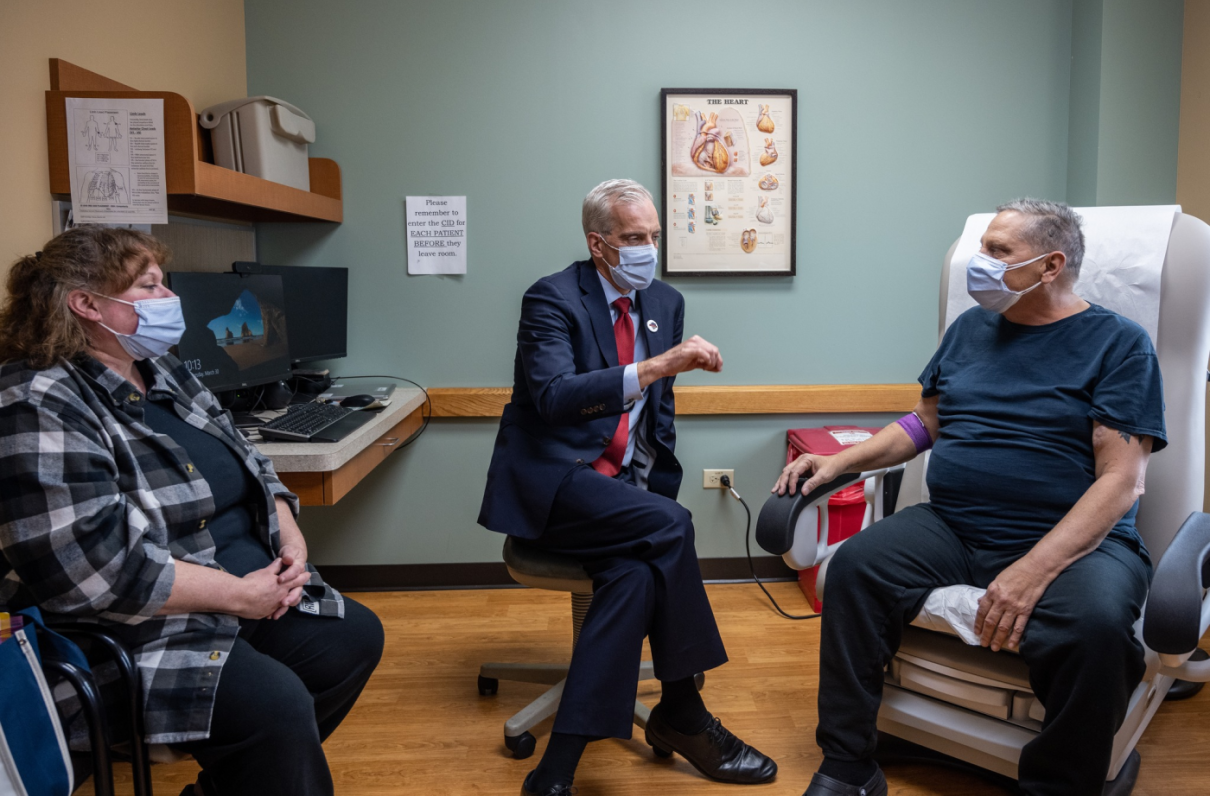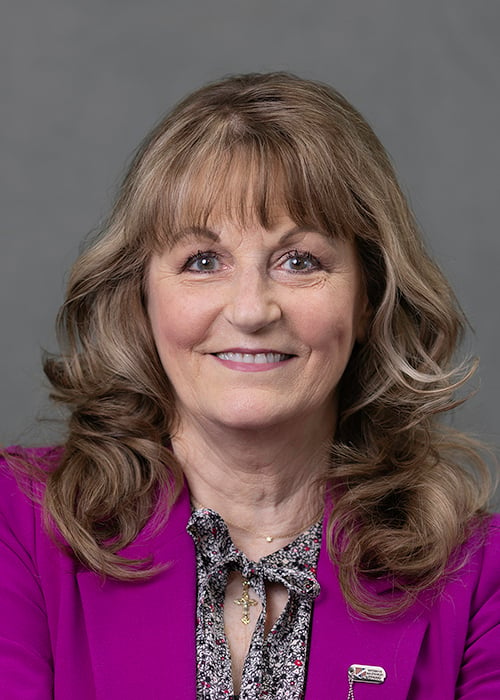A pair of recent watchdog reports indicate foundational fractures in the VA system are likely impacting the care veterans are receiving in VA medical facilities. And while MOAA has supported VA efforts to address these issues, it’s clear more needs to be done … and done quickly.
The Veterans Health Administration (VHA) suffered a double whammy of bad news when the Government Accountability Office (GAO) and the VA Office of Inspector General (VA OIG) published reports citing severe staffing shortages and discrepancies that are affecting veterans’ access to quality of care.
Only eight of GAO’s 28 open priority recommendations have been implemented since its last list of those recommendations was reported to the VA secretary in May 2021, according to a June 30, 2022, GAO letter.
The GAO stressed the importance of implementing the outstanding recommendations. In doing so, VHA could significantly improve its operations.
[RELATED: VA Breast Cancer Screening Bills Signed Into Law]
Many of the recommendations deal with two key problem areas. The first, ensuring veterans have access to timely health care, has been an ongoing concern for more than a decade. GAO recommendations to address the problem include:
- Identify areas of improvement and mitigate problems that contribute to longer wait times.
- Develop an effective oversight process for monitoring operations.
GAO also identified weaknesses in operation and oversight of VHA’s community care programs going back to 2014, when Congress established the Choice Act, the precursor to the MISSION Act, to help reform VHA care. Recommendations to address that issue include:
- Monitor women veterans’ access to mammography, maternity care, and gynecology under current and future contracts.
- Establish an achievable wait-time goal for the community care program, and monitor wait times along with care received in VHA medical facilities.
- Design an appointment scheduling process for the community care program by setting timelines for processing referrals, scheduling appointments, and ensuring appointments occur within the wait time goal.
- Align monitoring metrics within the community care program scheduling process.
[RELATED: Glitches Continue to Plague VA’s Electronic Health Record System Rollout]
Other health care problems areas mentioned in the report include managing human capital and workforce planning; patient safety and quality of care related to the prescribing of controlled substances; reporting information about on-campus veteran suicides; and allocating and monitoring medical facility funds.
Severe Medical Staffing Shortages
“Eighty-seven percent of facilities reported severe occupational staffing shortages for medical officer, and 91 percent of facilities reported severe shortages for nurse,” the VA OIG reported in its ninth report on occupational staffing shortages, and the fifth in the series to note severe shortages at the medical facility level.
Other clinical areas of severe shortages included psychology, psychiatry, and medical technologist. Severe staffing shortages were also reported in nonclinical occupations such as custodial worker and medical support assistance.
MOAA Priorities
Stabilizing and modernizing VHA’s workforce and support systems has been a long-standing MOAA priority. MOAA testified earlier this year on many of the systemic problems mentioned in the recent GAO and VA OIG reports.
MOAA applauds the work VA has done to address these lingering issues. In May 2021, the department released its action plan for resolving issues on GAO’s high risk list to acknowledge VHA leadership’s commitment to resolving concerns in the following areas:
- Ambiguous policies and inconsistent processes
- Inadequate oversight and accountability
- Information technology challenges
- Inadequate training for VA staff
- Unclear resource needs and allocation priorities
Earlier this year, VA Secretary Denis McDonough unveiled his 10-point human infrastructure plan supported by MOAA. These major steps will require commitment from current and future secretaries to carry out, along with support from Congress so the VA can invest in its employees and workforce.
Systemic problems cannot be solved solely by legislation. Congress will need to provide ongoing oversight of the VA and ensure the department has predictable funding through annual appropriations to preserve VHA’s foundational missions and services.
Further, the secretary has been hampered in his ability to address systemic issues by not having the under secretary for health (USH) confirmed by Congress. The USH position has remained unfilled for over five years, though current and former VHA officials have done exceptional work performing the duties of this consequential position in addition to other duties.
MOAA urges Congress and the administration to expedite the process to confirm and appoint the USH. Doing so will give VHA the best chance to resolve its existing problems and provide veterans timely access to quality care.
More Members Mean More Influence Over Our Health Care
Get involved and make sure your interests are addressed. Because the larger our voice is, the greater our impact will be.

